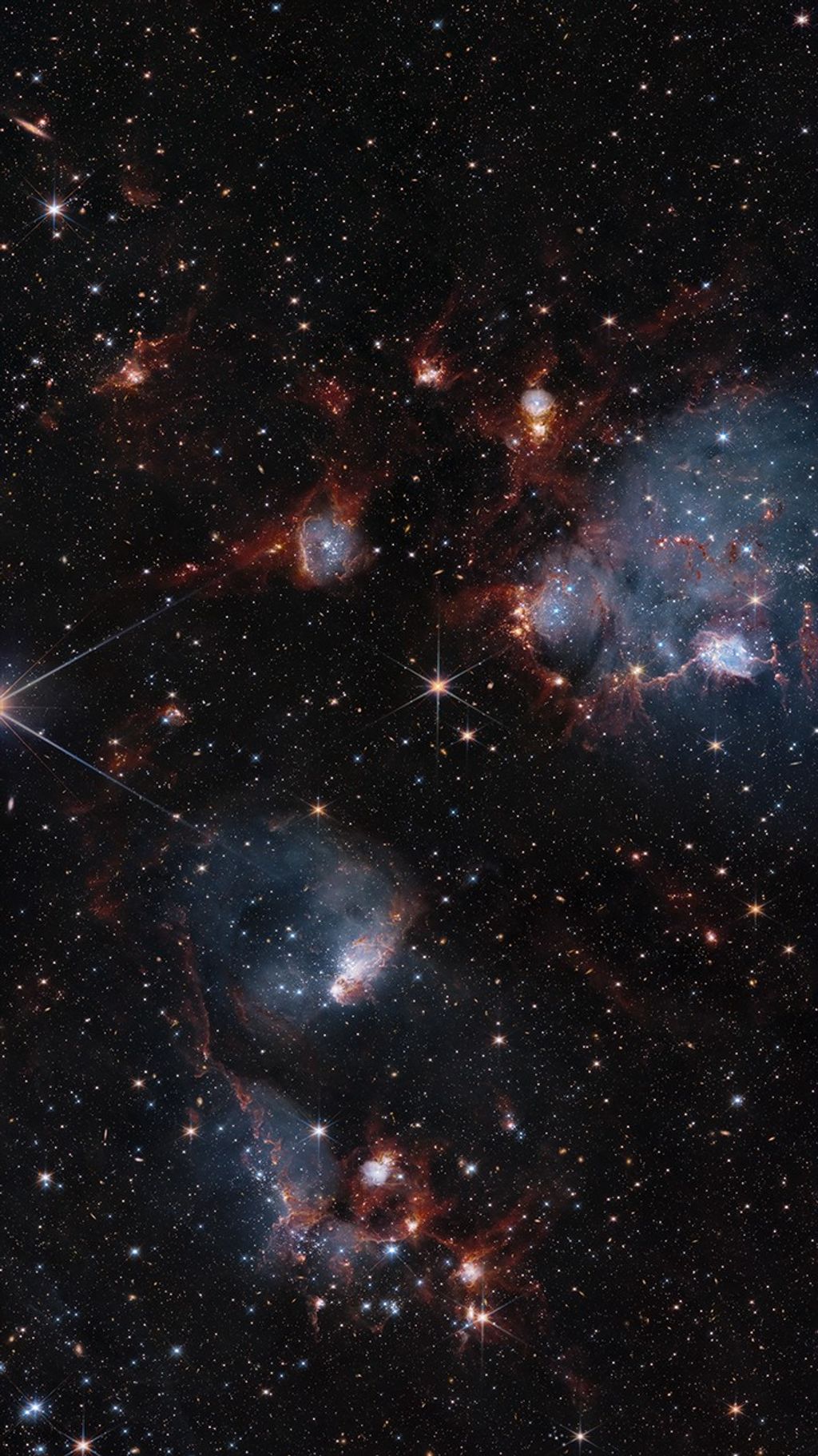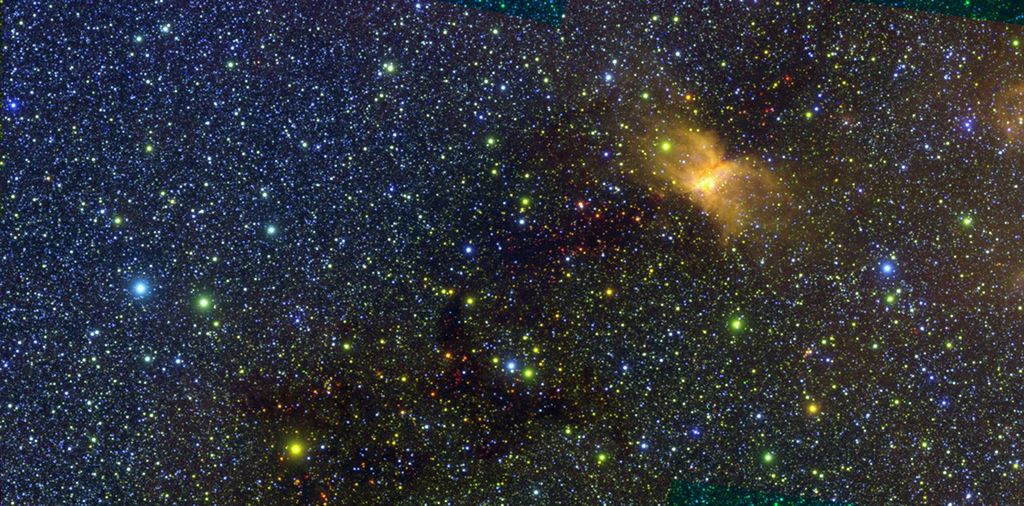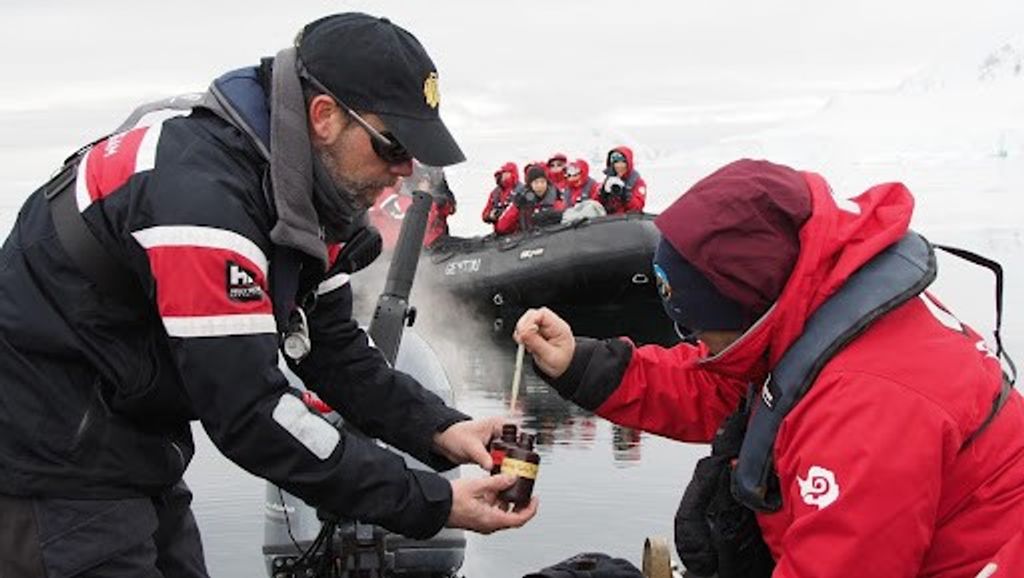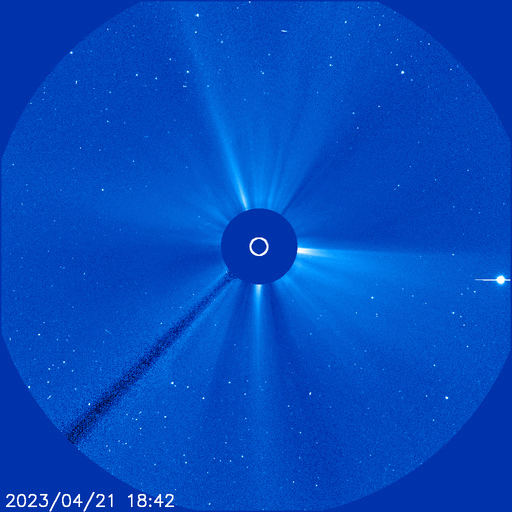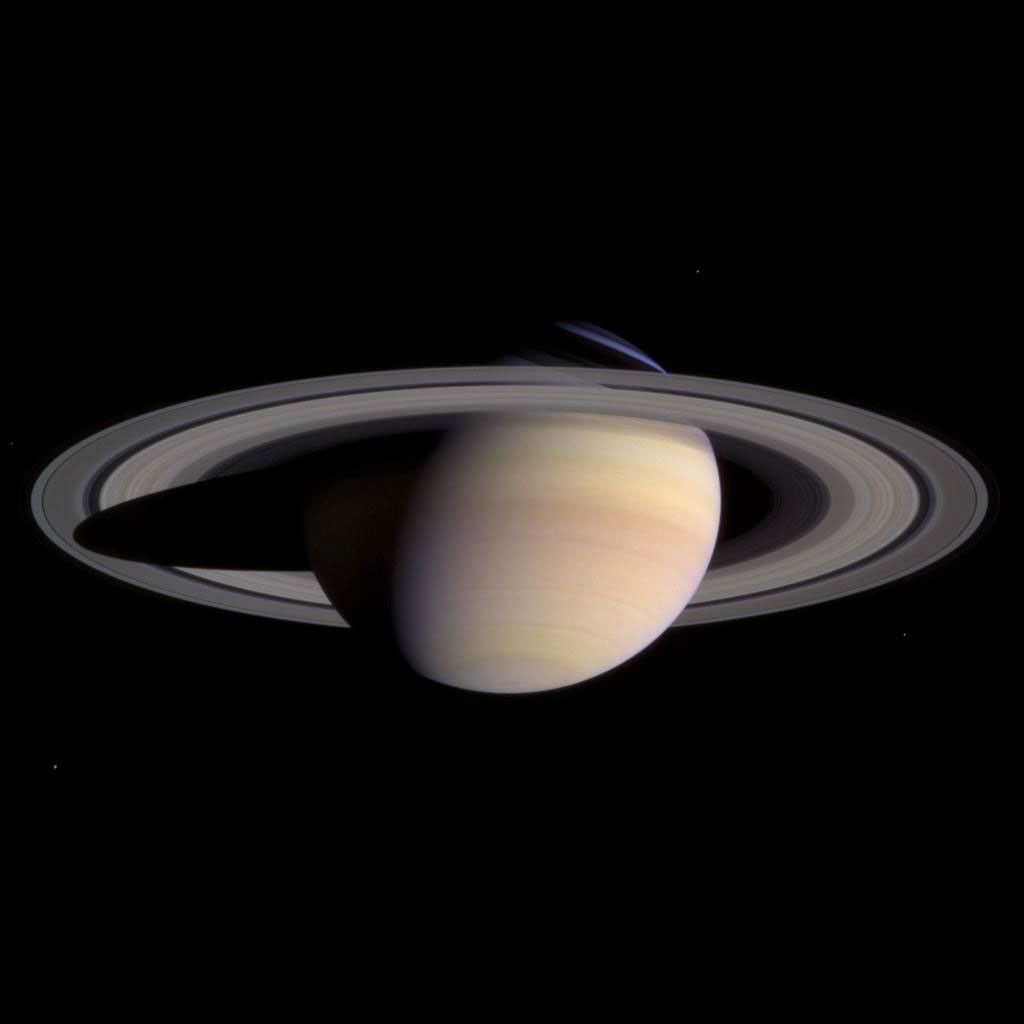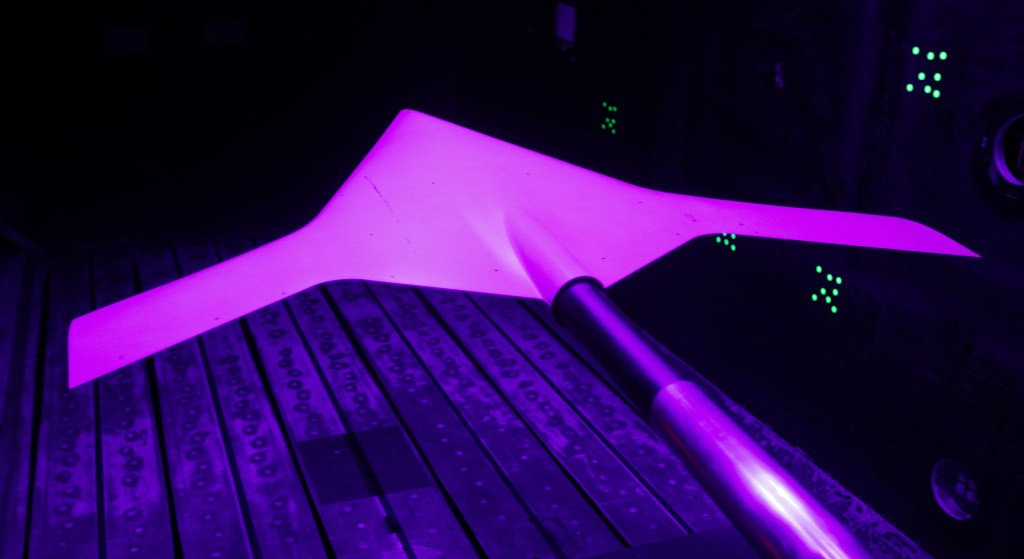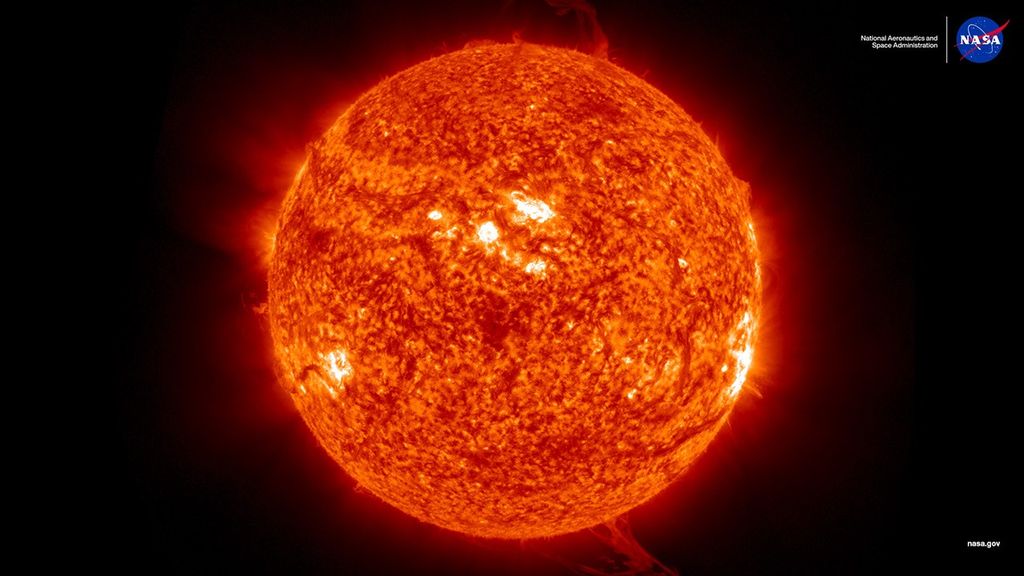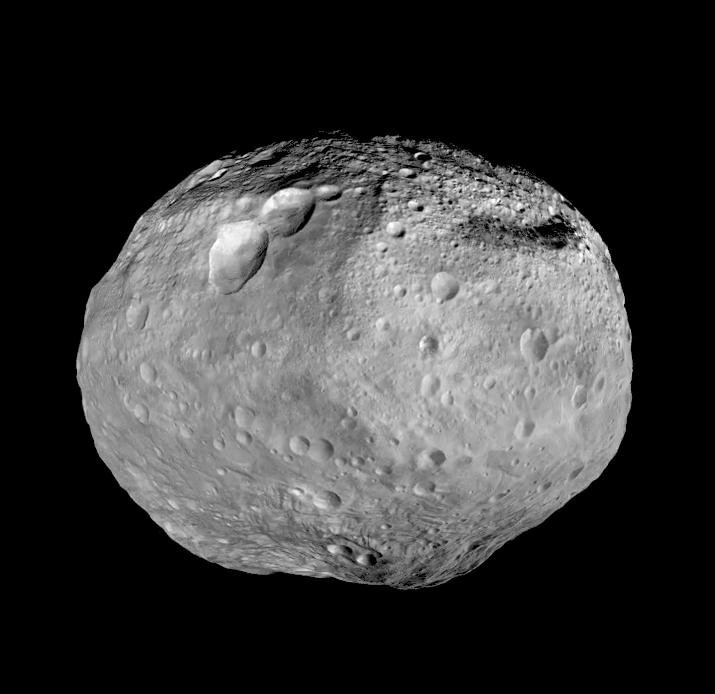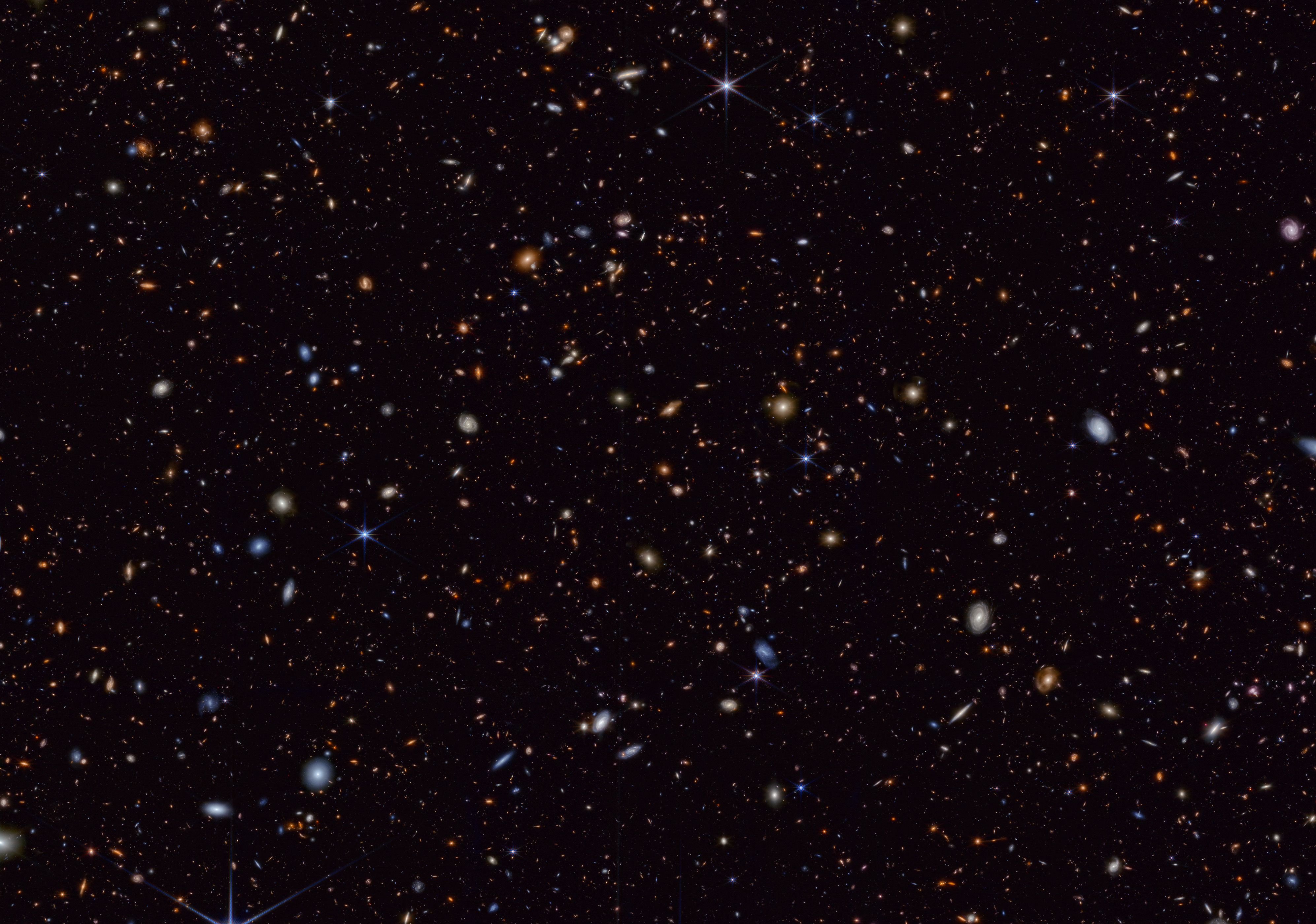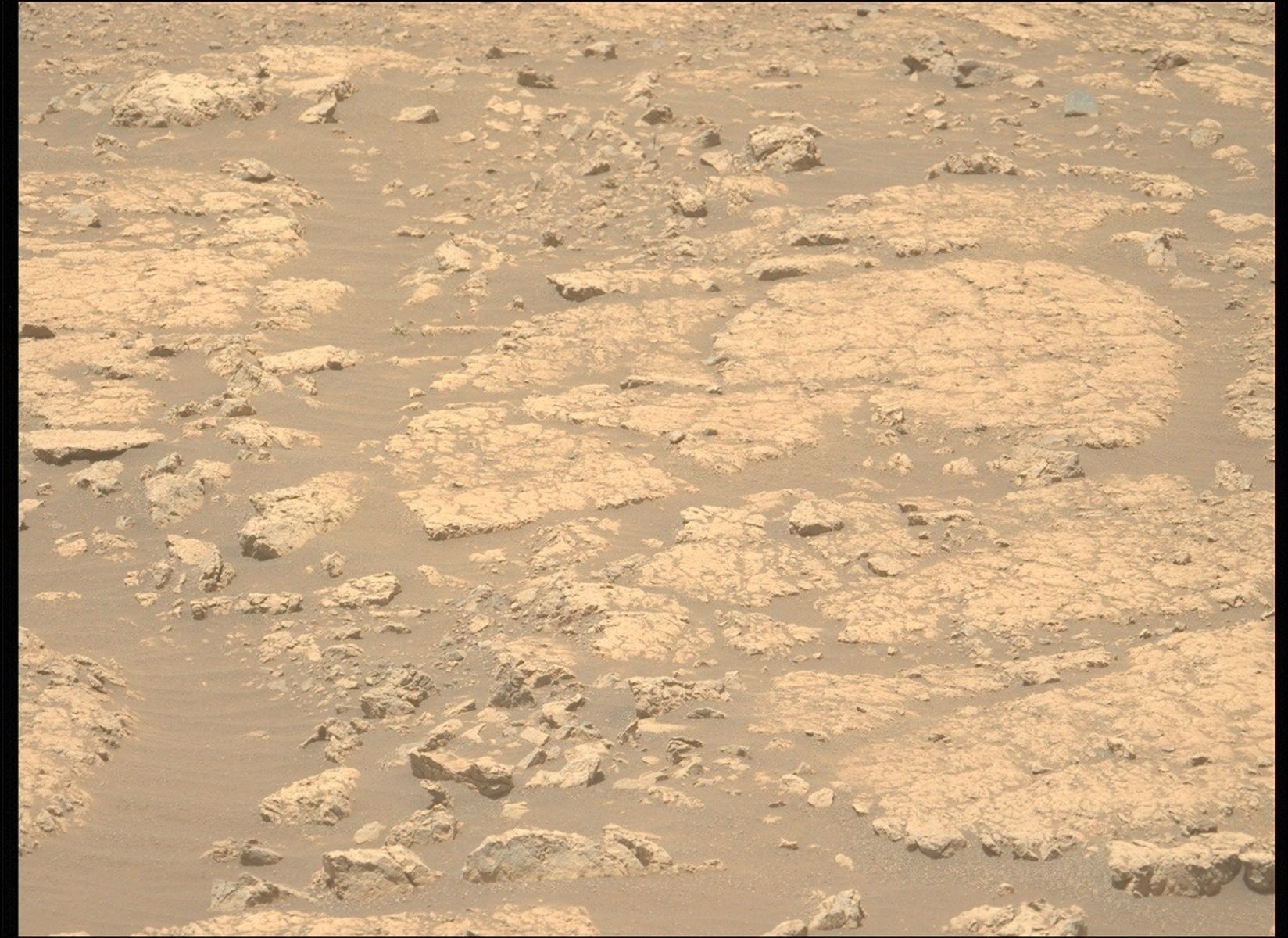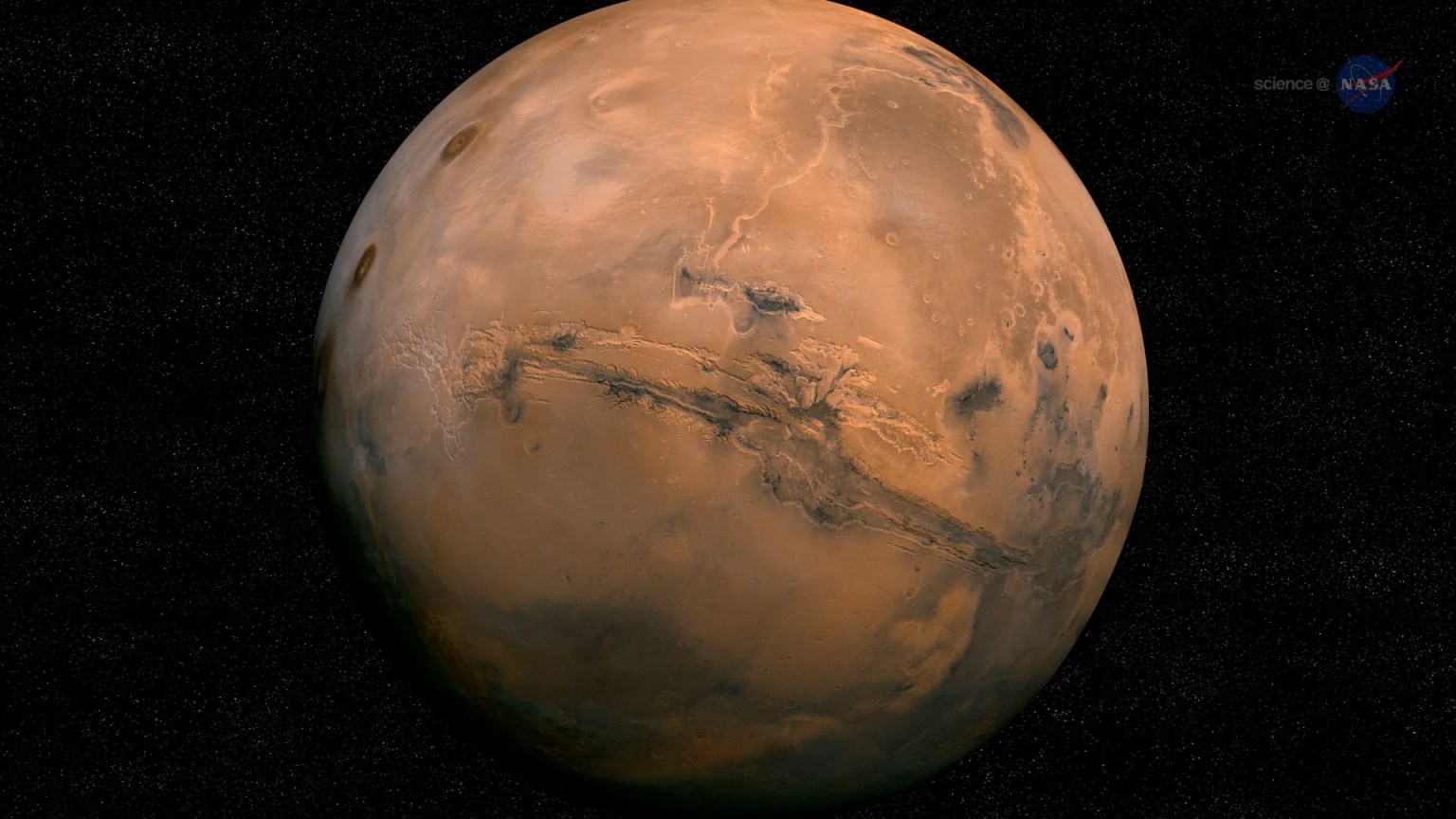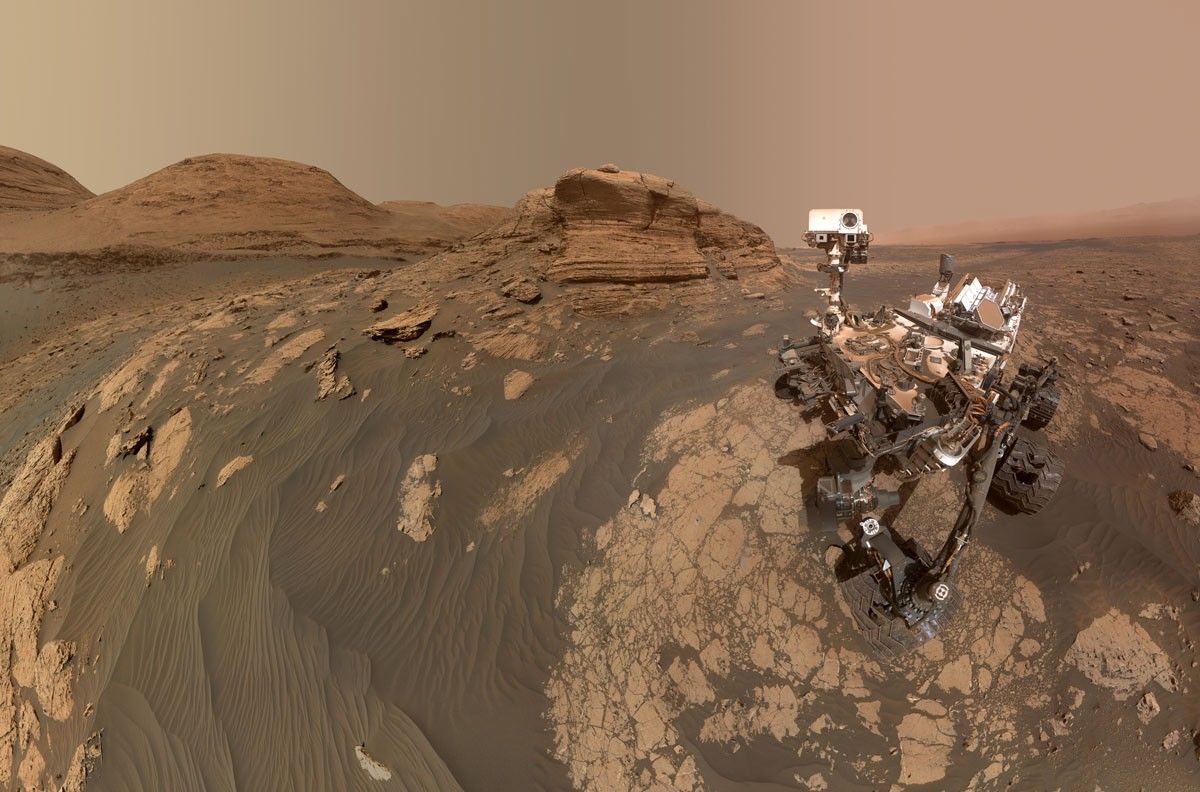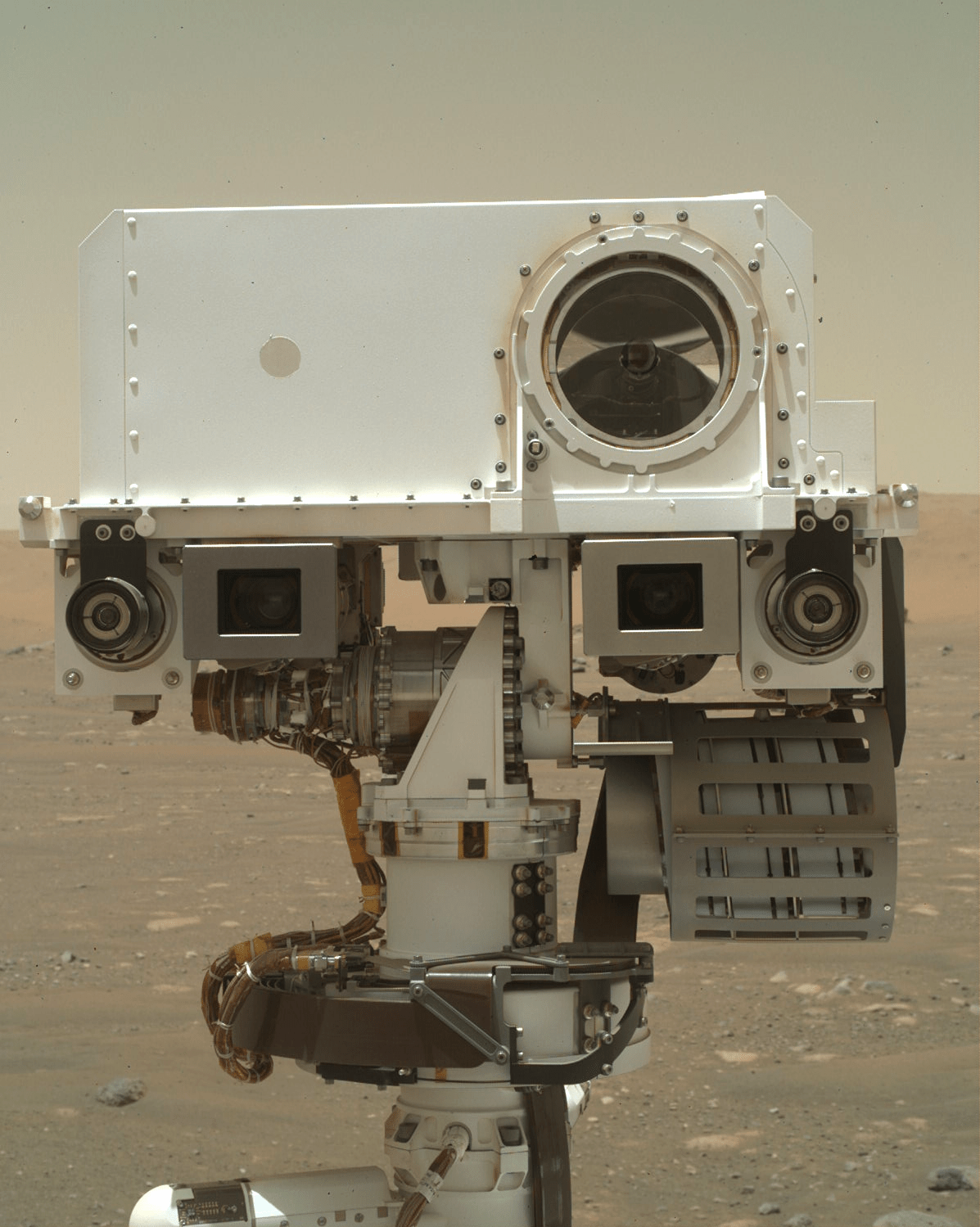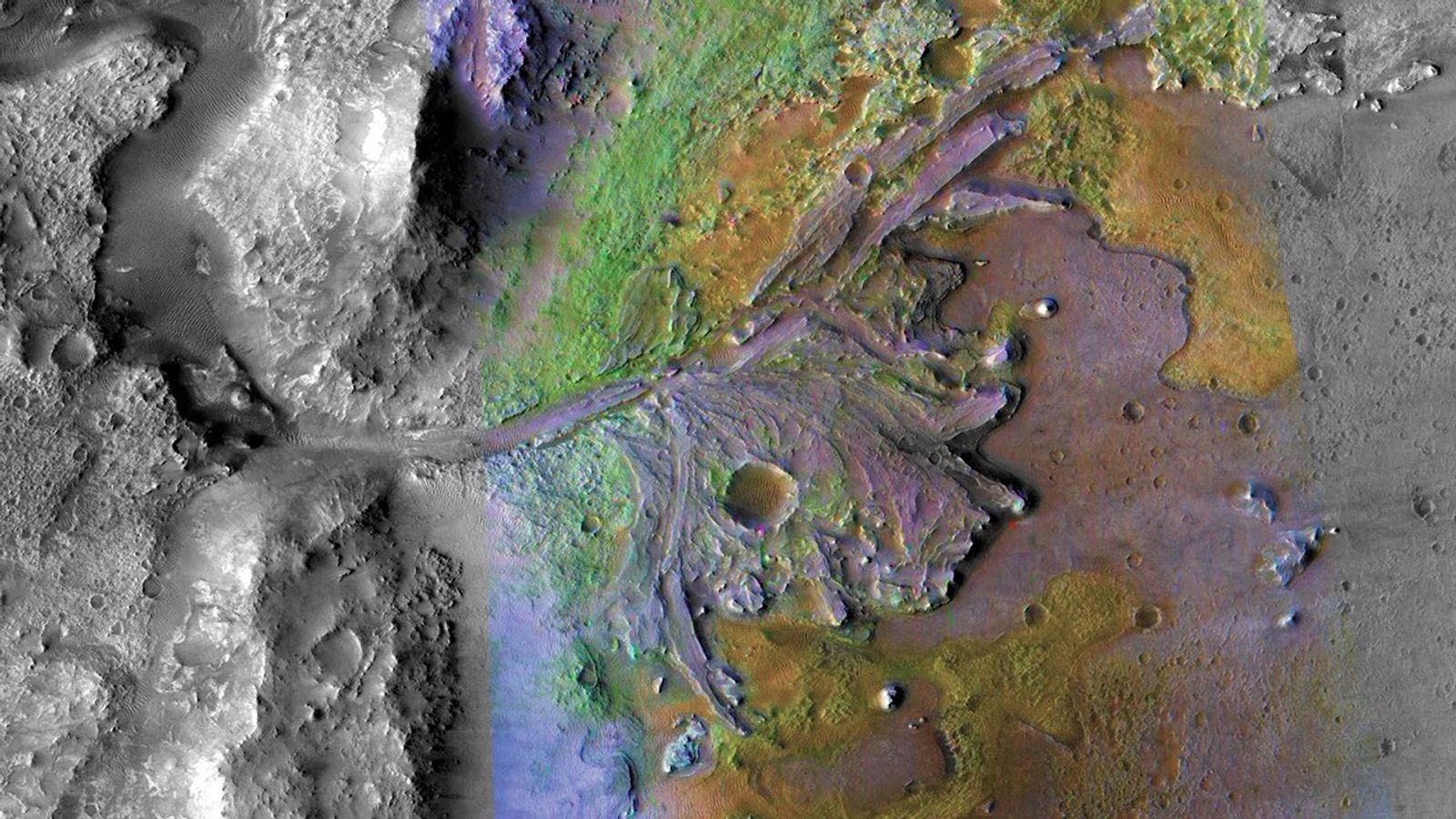Unfortunately, over the weekend there was an issue with the rover’s
arm while the "Greenhorn" sample was being dumped, which caused the rover to
stop what it was doing. Because the arm ended up in an unexpected position, it
prevented the APXS and MAHLI observations from occurring as planned, and it was
in the way of the subsequent three ChemCam observations. The arm issues meant
that today’s plan was dedicated to recovering from the problem, but we managed
to include some science observations as well.
On Sol 1200, we have a bunch of Mastcam images. First,
Mastcam will take two images of "Hope Mine" and "Engo", the ChemCam targets
that were automatically selected by the AEGIS software on Sol 1199. Next,
Mastcam will do a mosaic of the slip face of Namib dune, and a stereo
observation of the target "Nadas" to study the shape of the alcoves on the very
crest of the dune. Mastcam will also watch for changes in a patch of nearby
sand, as well as a couple of locations on the dune slip face. Finally, ChemCam
will do something similar, taking a large RMI mosaic on the dune target "Duineveld"
to look for any changes.
In the afternoon on Sol 1200, ChemCam has two observations
on targets "Matchless" (a bright vein) and "Nama" (a patch of bedrock). Mastcam
will provide supporting images for those observations as usual. This will be
followed by Mastcam, Hazcam, and Navcam images of the location where we were
expecting to dump the Greenhorn sample. We’re not sure whether the sample was
dumped before the arm halted, so these images will help to understand what
happened.
For sol 1201, ChemCam and Mastcam will repeat their change
detection observations, and Navcam will also do some standard observations to
look for dust devils and understand the amount of dust in the atmosphere.
Hopefully we will be able to recover from the arm issue
quickly! In the meantime, we’re in a great location to study "Namib Dune" so
there is plenty of good science to be done. by Ryan Anderson -Ryan is a planetary scientist at the USGS Astrogeology Science Center and a member of the ChemCam team on MSL. Dates of planned rover activities described in these reports are subject to change due to a variety of factors related to the Martian environment, communication relays and rover status.
Written by Ryan Anderson, Planetary Geologist at USGS Astrogeology Science Center

